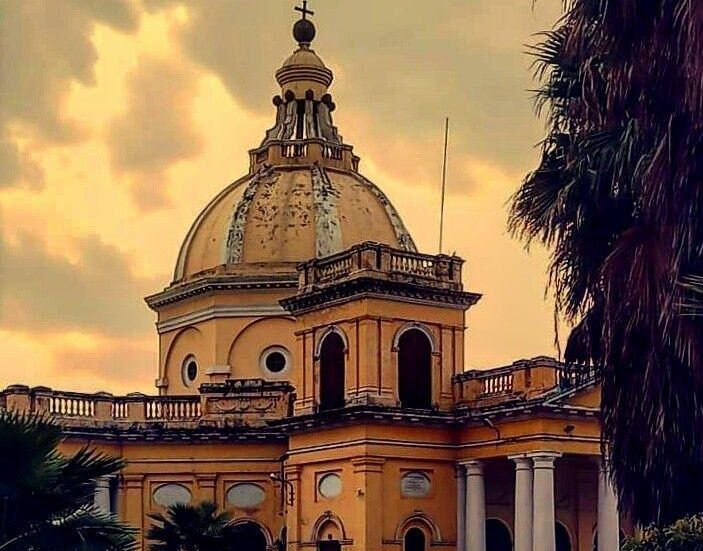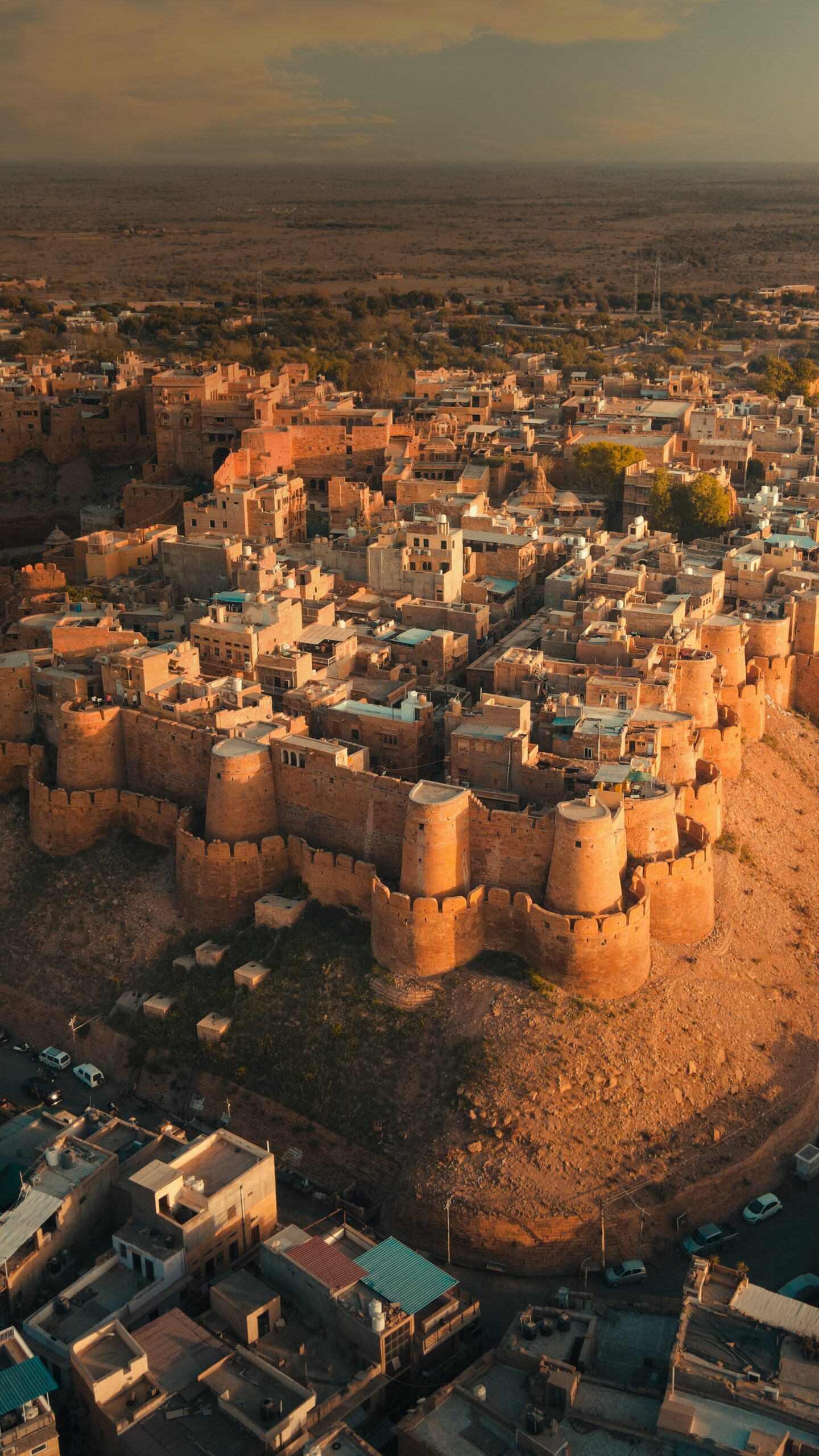Tughlaqabad to Rabdentse: Explore The Lesser-known Historical Places In India
India is a spellbinding country overflowing with timeless wonders and treasures. From breathtaking monuments to ruins, there are many archaeological and architectural beauties that date back centuries ago to satisfy your wanderlust. So if you’re excited to explore the hidden gems, here’s the list of uniquely enticing historical sites beyond Tajmahal. Tughlaqabad, New Delhi Tughlaqabad in Delhi is a ruined architectural marvel covered with massive stone palaces, high walls, gateways, citadels, an artificial lake and a mausoleum. This magnificent Fortress was built by the founder of the Tughlaq Dynasty, Ghiyas-ud-din Tughlaq or Ghazi Malik, and this abandoned ruin was believed to be haunted by the curse of Nizamuddin Auliya. Kumbhalgarh, Rajasthan Kumbhalgarh nestled in the Rajsamand of Rajasthan is a mind-blowing historic site filled with marvelous monuments, palaces and chhatris. Kumbhalgarh Wildlife Sanctuary surrounding the Kumbhalgarh Fort is an abode of endangered species. The wall of this oldest fort has garnered the title of “Second longest wall in the world” after the Great Wall of China. Unakoti, Tripura Unakoti, also known as Angkor Wat of the North-East, is a spellbinding place with sculptural beauty. From magnificent rock carvings to murals, Unakoti spills spiritual vibes. In Hindu mythology, this was the place where Lord Shiva took rest on his way to Kashi along with around 99,999,99 gods and goddesses who were later cursed into stones by Shiva because they failed to wake up before sunrise. Undavalli Caves, Andhra Pradesh This heritage showcases the marvel of rock-cut architecture. These caves were believed to have been carved between the 4th and 5th centuries, and they’re also believed to have evolved through Buddhism, Jainism, and Hinduism. The most spectacular sight to witness here is the long statue of God Vishnu carved out of granite. Bada Bagh, Rajasthan Bada Bagh, located in the Jaisalmer city of Rajasthan, is a hidden gem brimming with forlorn cenotaphs or chhatris. The sand domes are empty tombs built by the Bhatti rulers to keep them as remnants. This place set amidst the desert is surprising with the touch of green including the mango trees. Rabdentse, Sikkim Rabdentse is a historically rich site brimming with the ruins of Buddhist pilgrimages. This place not only serves as a historical marvel, but also stands out as a mesmerizing landscape suitable for leisurely strolling. Rabdentse was once the glorious capital of the kingdom of Sikkim before the brutal invasion of the Gurkha army.






